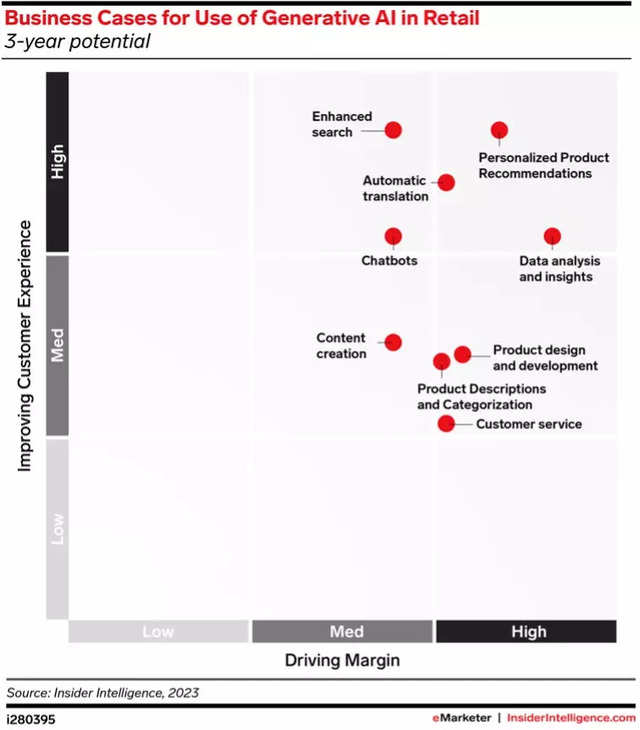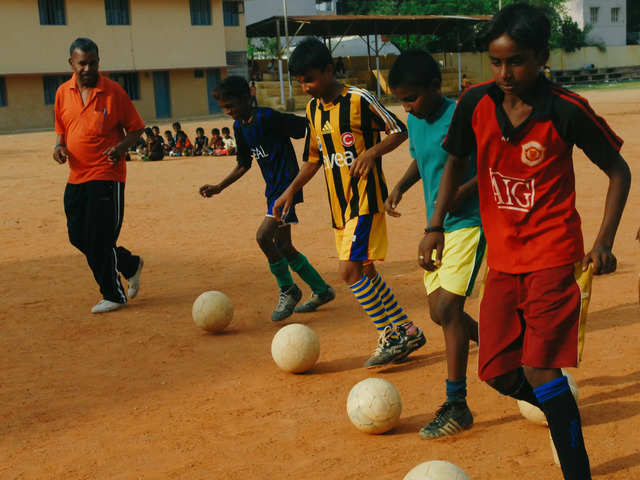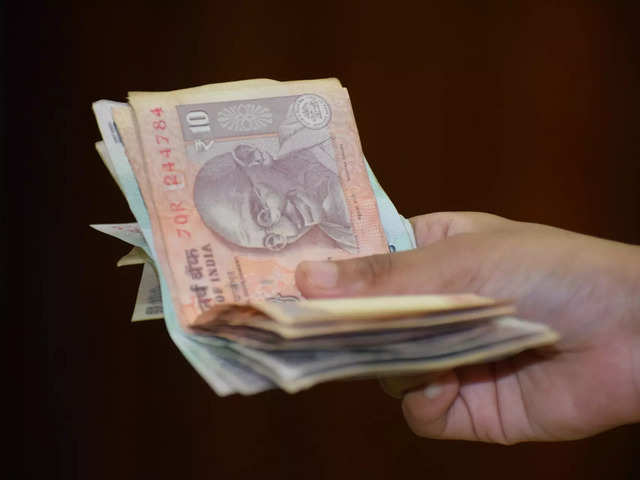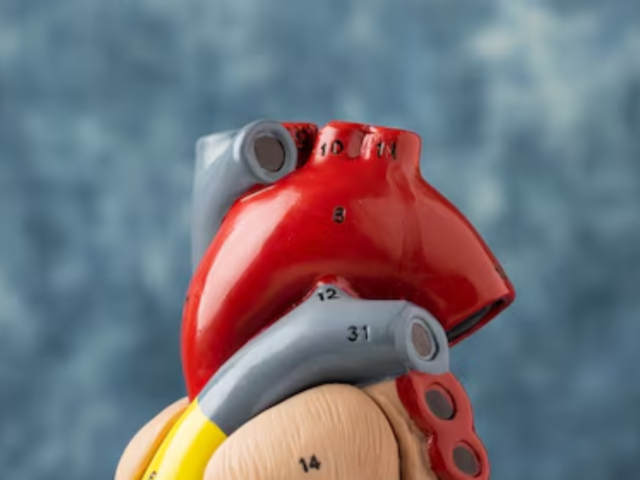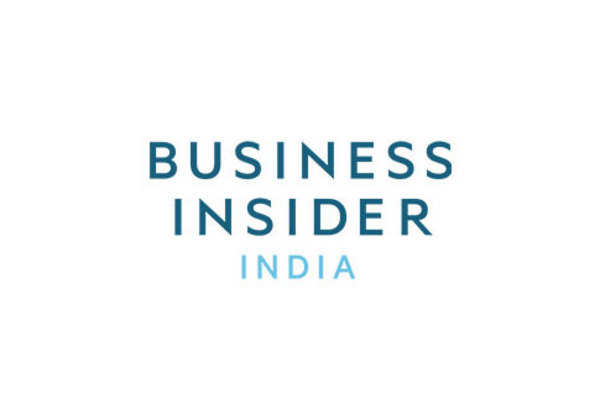
Unsplash
A study released by UNICEF and the Geena Davis Institute on Gender in Media reveals persistent gender stereotyping in I...
Apr 20, 2021, 17:17 IST
ad-agencies
Indian ads have prominent female characters but they are still highly stereotyped: Study
Apr 20, 2021, 17:17 IST
A study released by UNICEF and the Geena Davis Institute on Gender in Media reveals persistent gender stereotyping in I...
- A study released by
UNICEF and theGeena Davis Institute on Gender in Media (GDI) onGender Bias and Inclusion In Advertising In India has found that Indian ads have highly streotypical female characters. - The study explores how popular Indian advertisements can replace such harmful typecasts with balanced portrayals to inspire girls and boys of their possibilities, unrestrained by gender stereotypes.
who are portrayed as different body types. These are some of the findings of a study released today by UNICEF and the Geena Davis Institute on Gender in Media (GDI) on Gender Bias and Inclusion In Advertising In India. The study explores how popular Indian advertisements can replace such harmful typecasts with balanced portrayals to inspire girls and boys of their possibilities, unrestrained by gender stereotypes.
“Gender socialization is a learned behaviour from childhood," says Dr.
Geena Davis, Academy Award Winning Actor, Founder and Chair of the Institute says “Misrepresentation and harmful stereotypes of women in advertising have a significant impact on women - and young girls - and how they view themselves and their value to society. While we do see female representation dominate in Indian ads, they are still marginalized by colorism, hyper-sexualization, and without careers or aspirations outside of the home. The stark inequality evident in portrayals of females in these advertisements must be addressed to ensure an equitable society. This collaborative study with UNICEF and its partners sets the foundation for improvement in India and across the globe.”
Conventional gender norms constantly devalue women and girls, making it difficult to secure their rights and reach their full potential. From a declining sex ratio, girls dropping out of schools, marrying before 18 years, and not being supported to work outside the home: these all reflect a significant gap in investments in her future pathways beyond marriage. Media can help shift the narrative and provide diverse and powerful templates to fuel her aspirations and simultaneously shift people's perceptions around her.
The research measures over 1,000 television and YouTube advertisements aired across India in 2019. The ads were provided and translated by the International Advertising Association (IAA), which is also committed to translating the recommendations into action, beginning with a round-table discussion to be organized by the
studies to be conducted in different parts of the world.”
The study has been undertaken with the support of UNICEF's partners, including the advisory board members from UN Women, Population First, the Centre for Women's Development Studies, and Jamia Millia Islamia University.
INSIDER INTELLIGENCE REPORTS
